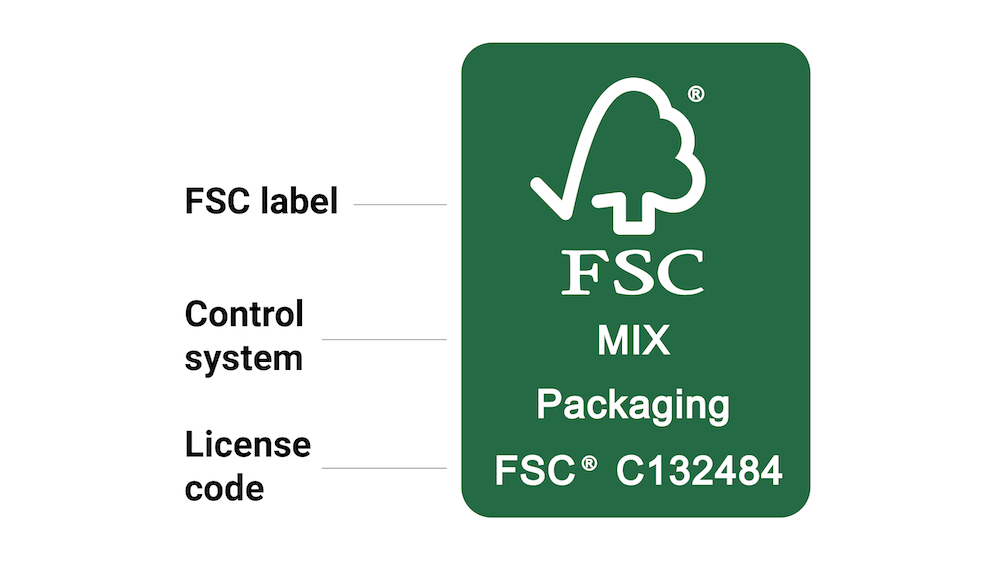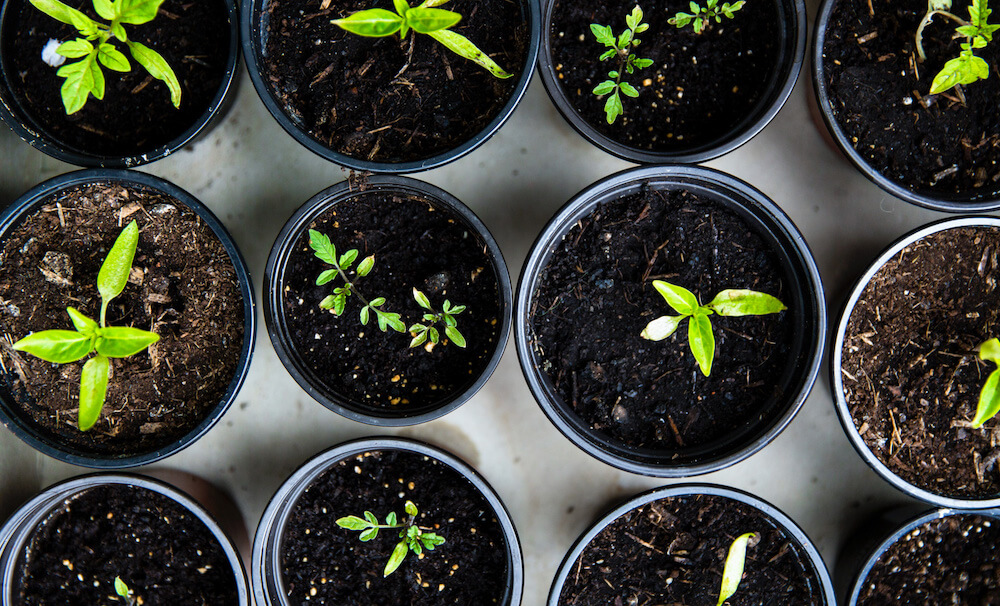Types of paper used for paper cups
When making paper cups, the paper used for making them can have different kinds of certificates which can impact how much it cost, the environmental impact of it and the workers are impacted by it. In the following sections I will talk a bit about normal paper, FSC certified paper and FSI certified paper.
Cups from normal paper
The main raw material that paper cup manufacturers need is wood, which is a renewable resource. The paper used for normal cups can come from forestry all over the world, such as the Amazon, but it can also be forests in Europe that live up to standards of FSC, but do not have the certification. As explained above the tree then go through a process to become paper. When the paper is made, then some coating is added to cups so they can contain liquid – I will later explain the different kinds of coating that can be added to the paper.
Cups from FSC® paper
When a product or paper says it is FSC certified it means that the whole process of making this product has been FSC certified, so the manufacturer and all the distributors and vendors are FSC certified. Companies that wants to sell FSC products, they need to follow the rules and principles that FSC has established. The FSC organization has ten principles that the forestry needs to comply with such as that no more trees are harvested than the forest itself can manage to reproduce, thus securing a constant source of material.
In Europe, 92.2% of forests managed by European pulp and paper companies are certified either by FSC or the Programme for Endorsement of Forest Certification. In Europe, 72% of consumed paper is sent to be recycled and 90% of newspapers are printed on recycled paper.
FSC has 3 different labels that are stamped on their products and they are called FSC 100%, FSC Recycled and FSC Mix.
FSC 100%
Means that the wood within the product comes entirely from FSC-certified and well managed forests.
FSC Recycled
Means all the wood or paper in the product comes from reclaimed or re-used material.
FSC Mix
This means that products that have this label on are made from a mixture of recycled materials, FSC-certified forests or controlled wood.

There is a lot of interesting facts about this organization and all around their industry. If you think you are missing out on what is going around the world with our environment, it is recommended to read through our article about FSC-Certification. It will give you a slight glimpse of what they are doing so everyone can enjoy a healthier environment.
We are FSC certified under FSC® C132484, SCS-COC-005763-BC.
FSI Paper
FSI stands for Fibre Sorting, Inc., they have been in the paper making industry for more than 27 years and they are producing paper products purely from recycled materials. FSI uses 100% recycled paper as raw materials, to ensure a steady and reliable supply of raw materials, the company works together with waste paper dealers and suppliers in the Philippines. In Limepack we do not know anyone who offers paper cups made of FSI paper.
How are paper cups decomposed?
This section below will be introducing you what happens to paper cups after they are being used and the differences between PLA and normal paper cups and plastic-free cups on how they are recycled or composted.
Plastic-free cups
As we mentioned above in the section about how plastic-free paper cups are made, we will talk about how they can decompose. They can either be recycled with full fiber recovery and used in the production of new paper products, such as magazines or paper bags. Recycling will be reducing the carbon footprint of a paper cup by half.
If you throw them in paperboard bins or recycling bins, they will be collected and sent to one some of the largest paper mills in Europe so they can be recycled. Since the plastic-free cups are made with virgin wood fibers it will be valuable as a raw material to the paper mills because it will be useful as a potential source for the production of magazine papers.
Other than being recycled in the paper mills, plastic-free cups can be degraded in nature with a specific required conditions, such as the right temperature. Being plastic-free enables the products to be easily thrown in normal paper and board recycling bins where they will be collected and sent to recycling manufacturing.
If the cup is without plastic layer it makes it more easy to recycle it and renew it to other paper products, such as paper bags.
PLA Paper cups
Biodegradable paper cups are made with a thin layer of plant-based plastic (PLA), as explained above. The PLA plastic and the biodegradability does actually mean industrial degradable since the PLA plastic cannot be decomposed in nature.
The plastic can be decomposed under certain conditions in the industrial facilities, since it has to be moist room at a certain temperature for around 90 days before it is decomposed.
The PLA plastic should by principle be faster to degrade in nature, but it has not been well documented and it is therefore not a fact.
There are not many countries in the EU who has these industrial facilities to our knowledge the only countries who has these facilities is the UK. The PLA plastic cups should therefore be thrown out like normal paper cups, so they can be burned and turned into biomass.

Normal Paper cups
The plastic material which is used to make the cup durable for liquids makes the paper cups non recyclable in nature and it takes hundreds of years to break down and when the cups gradually breakdown they end up in tiny microplastics.
In recent years, the matter of plastic waste which includes also polyethylene-lined disposable coffee cups has been raised when a report from the UK came in that showed, around 2.5 billion coffee cups were thrown away each year and that number is likely to be even higher now. In the UK there are currently a few specialist plants that are able to process the disposable used cups, and in the end as a result more than 99.75% of the cups don’t get recycled.
What then happens to the paper cups if they are not recycled? In most countries the paper cups ends up being burned for energy along with other thrash and especially food thrash. It can therefore be categorized as biomass which is a sort of energy-source especially used in northern Europe and the UK. It is therefore important that you throw out your paper cups with the normal trash, so they end up in the right facilities so they still contribute with energy after they have been used.
Qinlun paper is mainly supply PE coated paper cup raw material in sheet,in roll and in fan with printing services.If you are going to star your paper cup business or try to lower your cost,just contact us.
